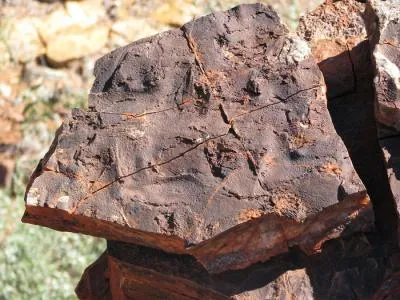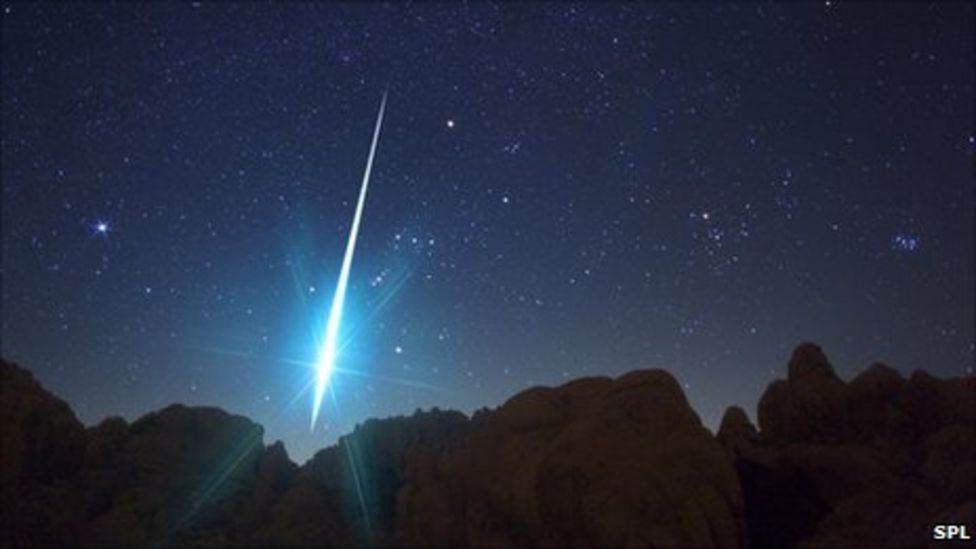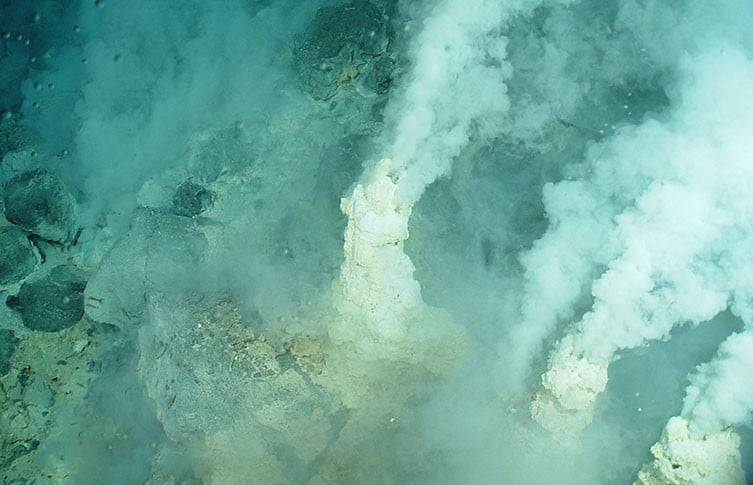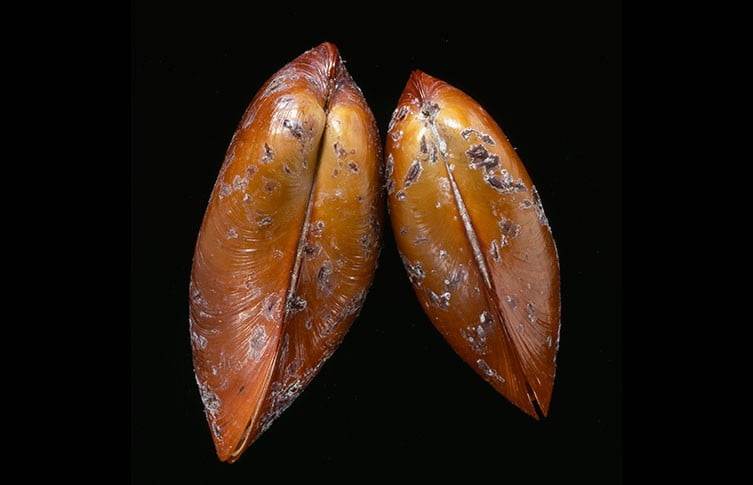Reading Time: mins
One of the questions we all wonder about is how did life begin on planet Earth?
Well the story begins a long time ago, about 4.5 billion years ago, when the Earth formed! The Earth was not a very pleasant place then. It had spent its early life being bombarded by comets and asteroids. Comets are large objects that are made of ice and dust which orbit the Sun and have long streaming tails as the sun burns their ice. Asteroids are small, rocky objects that orbit the Sun, like planets but much smaller. Then, about 3.5-3.8 billion years ago the bombardment lessened and life began to form. But there wasn’t much water and carbon-based molecules on Earth at the time and these are needed to make life as we know it. So where did the building blocks for life come from?
To try to answer these questions, some scientists study life and fossils on our planet. While other scientists investigate other places in our Solar System, planets and moons, to see if they show signs of life or fossil life. At the same time there are other scientists who study planets outside our Solar System (exoplanets) to try to detect life, looking at the atmospheres of distant exoplanets. So far our own planet has helped us understand how life formed here best.
We know life existed about 3.5 billion years ago as we see evidence in very old fossils from that time, fossilised microbial mats. A microbial mat is a multi-layered sheet of microorganisms, mainly bacteria and archaea, or bacteria alone.

There are two major theories as to how life on earth formed:

One way astronomers think that life could have formed on Earth is that comets and asteroids might have brought water and carbon-based molecules to Earth from outer space. Scientists think this because building blocks from life have been discovered in comets and meteorites. Meteorites are solid pieces of debris, from either an asteroid or comet, that survive falling through the Earths atmosphere to reach the surface of our planet.
Scientists have analysed a group of meteorites that are rich in organic materials. They found that nucleobases, the compounds that encode genetic information in DNA, could have originally had an extra terrestrial origin. These nucleobases would have formed in outer space and the meteorites delivered them to Earth. Enabling them to form the basis of all life.

Hydrothermal vents are natural structures on the ocean floor. They usually occur on plate boundaries, where tectonic plates are moving apart from each other. At these boundaries the Earth’s crust is stretched, and breaks in pieces, forming cracks. Water seeps into the vent through these cracks in the crust and is heated to extreme temperatures by the Earth’s hot mantle underneath. As the superheated seawater moves through the Earth’s crust it picks up dissolved gases and minerals. Then, the vents eject this extremely hot water back into the ocean. These vents are similar to hot springs on the seabed. The hot water mixes with the cooler sea water surrounding it. The process creates mineral-rich chimneys with alkaline (high on the pH scale), hydrogen and acidic fluids. This provides a source of energy which facilitates chemical reactions between hydrogen and carbon dioxide, and it allows the formation of increasingly complex organic compounds. Some of the world’s oldest fossils have been found in these hydrothermal vents.
Recently, scientists have been investigating impact-generated hydrothermal systems. This combines the two theories. Scientists are suggesting that an impact crater on the ocean floor would be similar to a hydrothermal vent occurring at the plate boundaries. And could have provided a suitable habitat for life to evolve.

One of the biggest questions in science is how did life begin on Earth? There are currently two leading theories. Either the building blocks for life were brought here from the outer Solar System by meteoroids and asteroids hitting the Earth. Or they were created in deep sea vents called hydrothermal vents.
This post was written by Dr Heather Campbell for Mission Astro.
If you have any questions about this post or our services, please email us on [email protected].
Copyright © 2025 Just Good Science Ltd
Website and course built and managed by Web X Design Studio